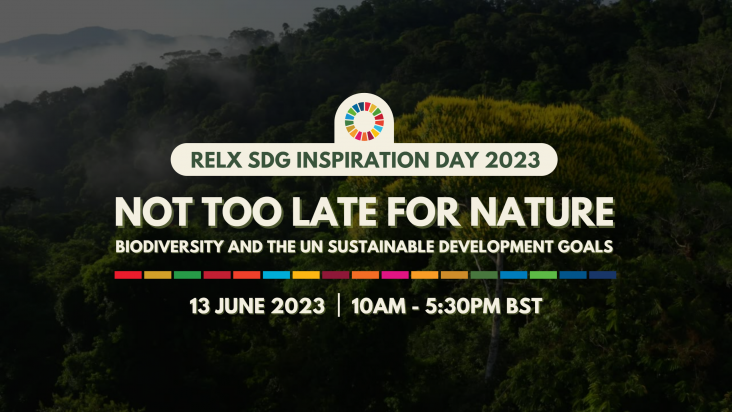
Register today for the ninth RELX SDG Inspiration Day - a free, online event for thought leaders, corporate representatives, students, investors, government and NGOs to explore issues, gain practical insights and be inspired to take action in support of the UN Sustainable Development Goals.
This review will spur more investigations on microplastic ingestion in historical specimens to establish reference points and determine temporal trends for microplastic pollution of the environment.
Drinking water and sanitation services in high-income countries typically bring widespread health and other benefits to their populations.
Possible but rare: Safe and just satisfaction of national human needs in terms of ecosystem services
One Earth, Volume 6, 21 April 2023

The authors investigate a countries ability to provide adequate food, energy, and water, without exceeding nature's carrying capacity. They show that 67% of nations are operating within a safe space for water provision.
Instresting paper on Mediterranean river microplastic pollution
This study is a long-term monitoring study in which inter-seasonal relations are established. Thus, the spread of MP pollution in the region during the year was provided by an important bio-indicator.
This study provides significant information on the occurrence and composition of MPs in the Tampico beach, in addition, we compared the abundance of MPs of this study with similar studies from different parts of the world.
This Viewpoint supports SDGs 3 and 6, focusing on the rapid spread of Aedes and Anopheles stephensi mosquitoes and the associated transmission of disease, particularly in urban environments
This Article supports SDG 3s and 6 by presenting global comprehensive estimates of deaths associated with 33 bacterial pathogens across 11 major infectious syndromes, many of which could be prevented by improved access to safe drinking water and sanitation facilities.
This Article supports SDGs 3 and 6 by showing that the integration of a health education package for for the promotion of correct hygiene and sanitation practices into the school curriculum is an affordable and scalable approach to respond to the burden of soil-transmitted helminth infection among schoolchildren in the Philippines.
